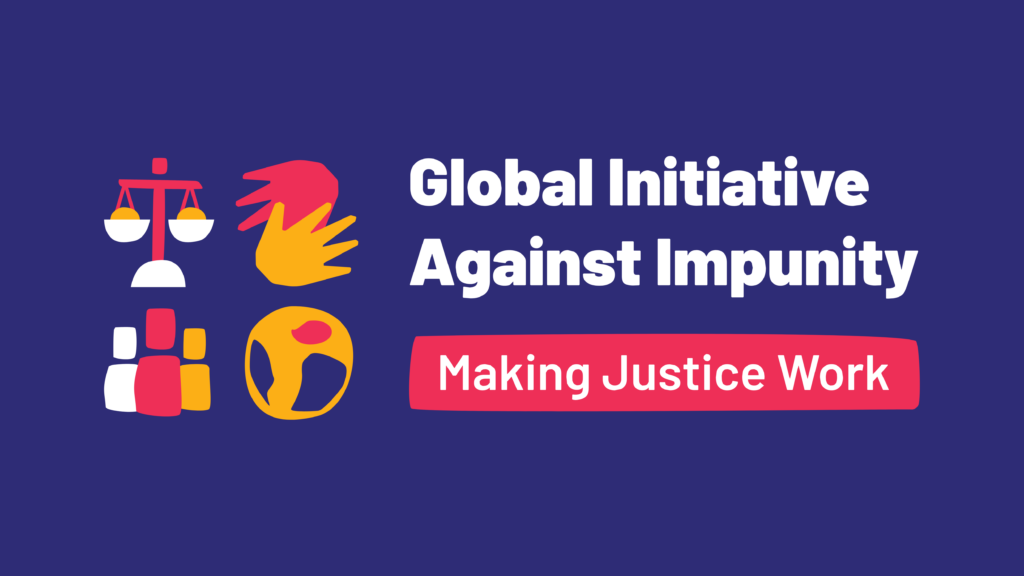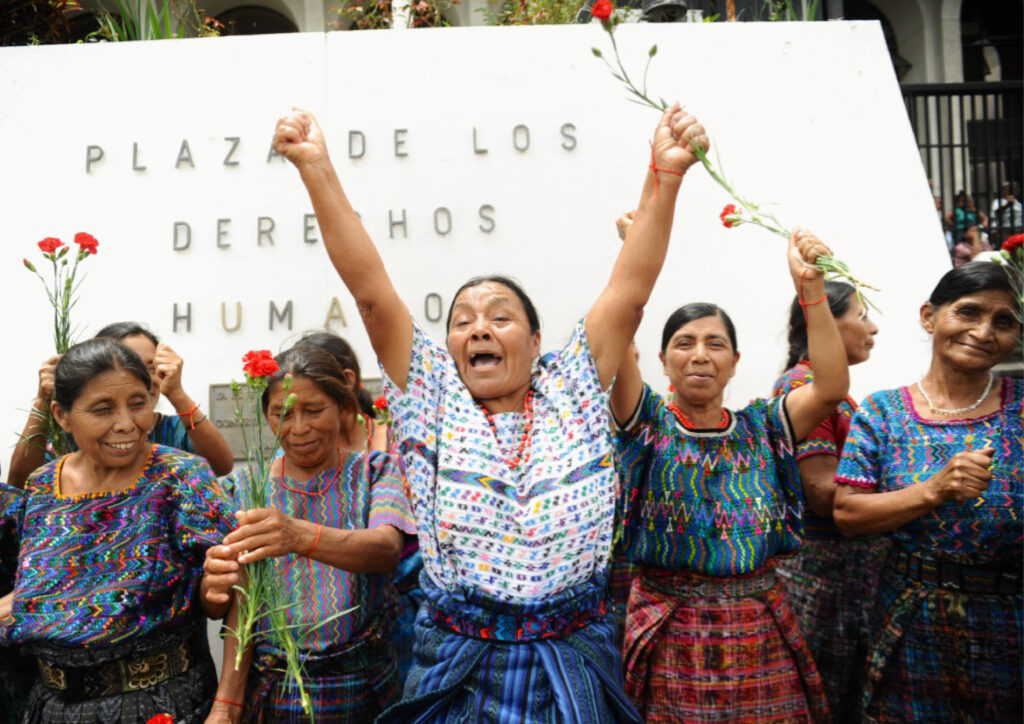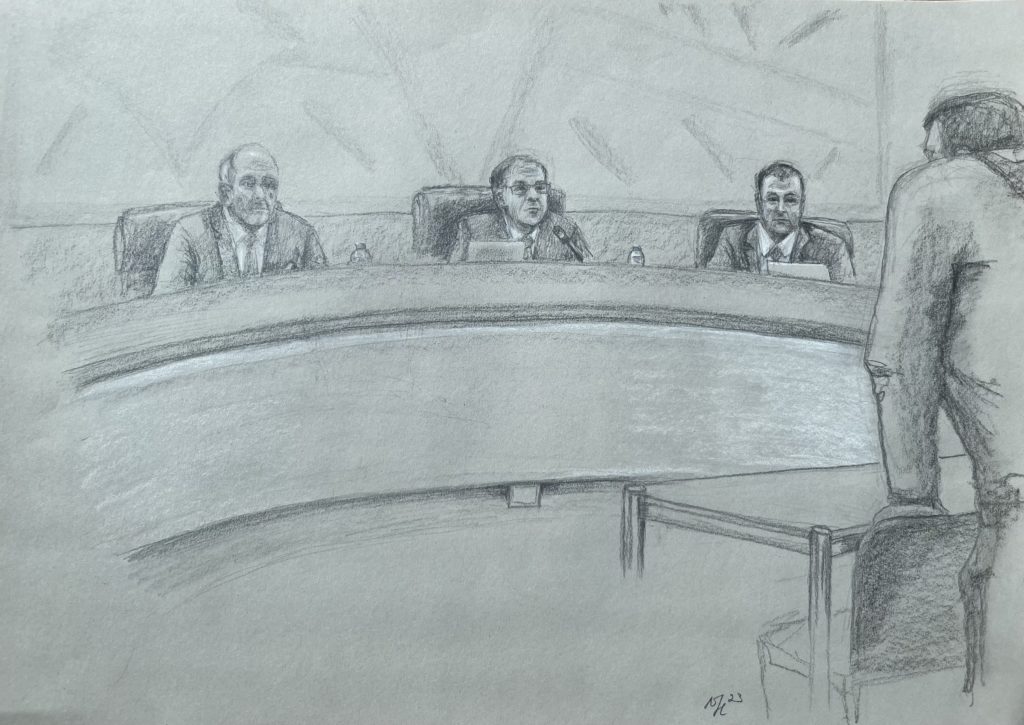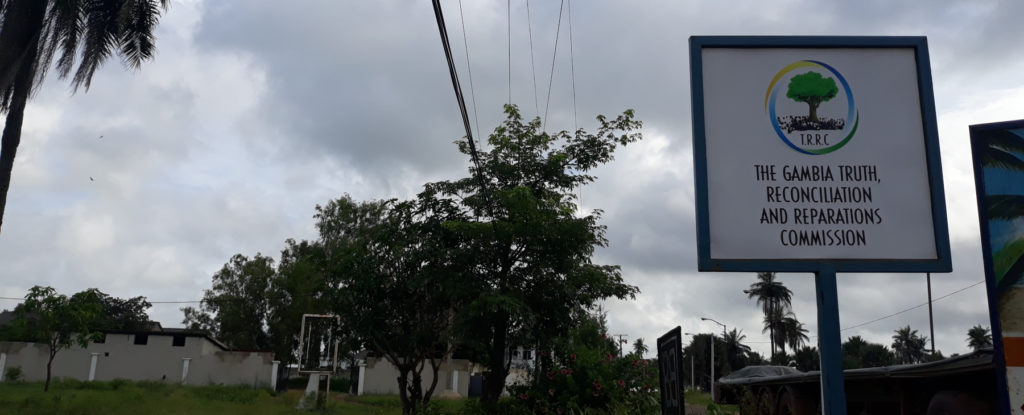Enforced Disappearances: didn’t we say ‘never again’?
An Op-Ed by Gabriella Citroni
40 years of struggle against enforced disappearances have resulted in meaningful progress, but the phenomenon remains on the rise.
In the late seventies, the relatives of disappeared people in Latin America started a campaign to prevent and eradicate this crime. In this context, the Argentinean National Commission on the Disappearance of Persons gave them reason in 1984 when it published its final report, entitled “Never again!”, highlighting the imperative to avoid any repetition of such a tragedy – whereby thousands were subjected to enforced disappearance. Since then, several truth commissions across the world used the same title for their final reports and “Never again!” became the rallying cry of civil society against enforced disappearance.
As we celebrate the International Day of the Victims of Enforced Disappearances today, exactly how far have we gone to prevent and eradicate this practice?
Encouraging signs from States and international bodies
Undeniable progress have recently been witnessed, such as States strengthening their domestic legal framework: Peru enacted its Law on the Search of Disappeared Persons, to finally make light on the fate and whereabouts of the thousands of disappeared during the 1980-2000 conflict. Efforts to adopt comprehensive legislation on this crime are also underway in Tunisia and Mexico.
After years of civil society advocacy, the Supreme Court of El Salvador declared unconstitutional the 1993 amnesty law granting impunity for human rights violations in the 1980-1992 conflict. This historic verdict paves the way for accountability and revived the hope of victims and their families.
Other States have improved their institutional structures, setting up support mechanisms for relatives of the disappeared. In Nepal, the Commission of Investigation on Enforced Disappeared Persons was finally established and is expected to uphold the rights to truth, justice and reparation of victims and their families, blatantly ignored since the end of the armed conflict in 2006. In Mexico, a Specialised Unit for the Investigation of Crimes against Migrants and a Transnational Mechanism of Search of Missing Migrants will for the first time address the abuse suffered by migrants, including enforced disappearance.
International bodies are also paving the way forward. In March, the United Nations Committee on Enforced Disappearances (CED)adopted its first decision ever and took position on yet under-explored issues, such as State obligations when a prisoner is transferred from one place of detention to another, and the rights of their relatives to be informed on the detainee’s whereabouts and on the progress of the investigations.
Often too little, always too late
All aforementioned examples are important and welcome achievements. Not one of them, however, addresses the root of the problem: the commission of enforced disappearances in the first place. Despite our efforts, enforced disappearances are still on the rise. In the last three years, the number of urgent actions registered before the CED jumped from 4 to a staggering 294. The United Nations Working Group on Enforced or Involuntary Disappearances is overwhelmed with new cases virtually every day.
It is high time for domestic authorities and the international community to adopt new strategies and implement existing instruments not just to redress, but to prevent these abuse. Unless States live up to their responsibilities and make this issue their first priority, ‘Never again!’ will remain two wishful words and there will be no ground for celebration on the International Day of the Victims of Enforced Disappearances.
Gabriella Citroni, Senior Legal Advisor












